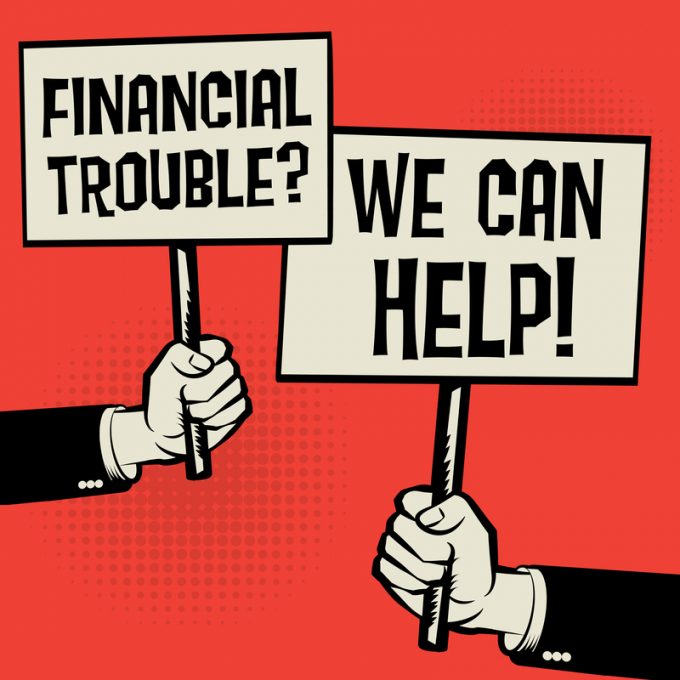FW: Uber Freight’s $851m payout to Greenbriar highlights creative deal structures
FREIGHTWAVES reports: Managed transportation and technology provider Uber Freight’s (NYSE:UBER) conclusion in October of an $851 ...
FDX: ABOUT USPS PRIVATISATIONFDX: CCO VIEWFDX: LOWER GUIDANCE FDX: DISRUPTING AIR FREIGHTFDX: FOCUS ON KEY VERTICALFDX: LTL OUTLOOKGXO: NEW LOW LINE: NEW LOW FDX: INDUSTRIAL WOESFDX: HEALTH CHECKFDX: TRADING UPDATEWMT: GREEN WOESFDX: FREIGHT BREAK-UPFDX: WAITING FOR THE SPINHON: BREAK-UP ALLUREDSV: BREACHING SUPPORTVW: BOLT-ON DEALAMZN: TOP PICK
FDX: ABOUT USPS PRIVATISATIONFDX: CCO VIEWFDX: LOWER GUIDANCE FDX: DISRUPTING AIR FREIGHTFDX: FOCUS ON KEY VERTICALFDX: LTL OUTLOOKGXO: NEW LOW LINE: NEW LOW FDX: INDUSTRIAL WOESFDX: HEALTH CHECKFDX: TRADING UPDATEWMT: GREEN WOESFDX: FREIGHT BREAK-UPFDX: WAITING FOR THE SPINHON: BREAK-UP ALLUREDSV: BREACHING SUPPORTVW: BOLT-ON DEALAMZN: TOP PICK

FREIGHTWAVES out with a good piece of insight… “following a hunch (…)”. John Paul Hampstead writes:
The extraordinary length of the trucking downturn is best explained by a government program that flooded small carriers with tens of billions of dollars of cheap, long-dated credit.
The persistence of the post-COVID trucking capacity overhand has perplexed industry observers for more than a year now. After the pandemic demand boom faded, there were too many trucks and not enough freight, and rates fell through the floor, bottoming around $1.49 per mile, exclusive of fuel, in May 2023.
Trucking carrier executives expected the rest of the cycle to play out according to a familiar script: As rates fell below carriers’ operating costs and stayed there, small fleets and owner-operators would be forced out of the market. The overall amount of trucking capacity would contract, the balance between supply and demand would be restored, and rates would rise once more.
Instead, carriers hung around for far longer than anyone anticipated, keeping rates lower for longer. A full year after the market’s bottom in May 2023, rates had only increased by about a dime, to $1.60 per mile…
To read the full post, please click here.
And here is Prof Miller’s follow-up post on that coverage…
Comment on this article